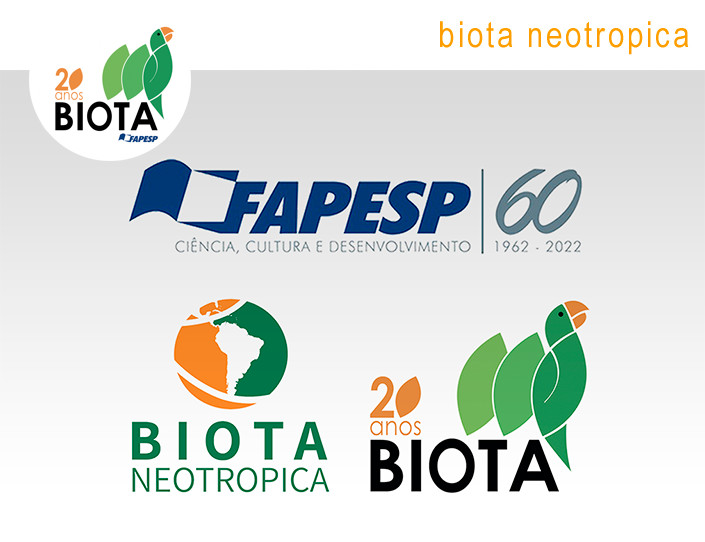Microbial ex situ preservation supporting science and bioeconomy in Brazil
Resumen
Abstract One of the texts in the “Biodiversity in the State of São Paulo” series, within the FAPESP-Biota Program, was dedicated to the Infrastructure for Biodiversity Conservation, with a focus on Biological Collections and Conservation Units. From the early 1960s, when FAPESP was established, to the present day, financial resources have been invested in the preservation of the biodiversity of the national genetic heritage, besides other fields. History of years of advances in scientific knowledge was built, which can be portrayed through the projects that resulted in high-quality data of national and international impact. Microbiological collections are centers that generate technology and specialized human resources, and act (among other things) as living repositories preserving reference material and as witnesses to the history of microbial biodiversity because they preserve what may no longer exist. They have enormous potential to promote the global bioeconomy and address problems that have resulted from the misuse of natural resources. This reading brings everyone the history, advances, and future perspectives of culture collections, within the efforts of 60-year scientific activities in Brazil.Descargas
Publicado
01/01/2022
Cómo citar
Attili-Angelis, D., Taniwaki, M. H., Silva, N. da, Oliveira, V. M., & Lima, N. (2022). Microbial ex situ preservation supporting science and bioeconomy in Brazil. Biota Neotropica, 22(spe). Recuperado a partir de https://www.biotaneotropica.org.br/BN/article/view/1964
Número
Sección
Revisiones Temáticas
